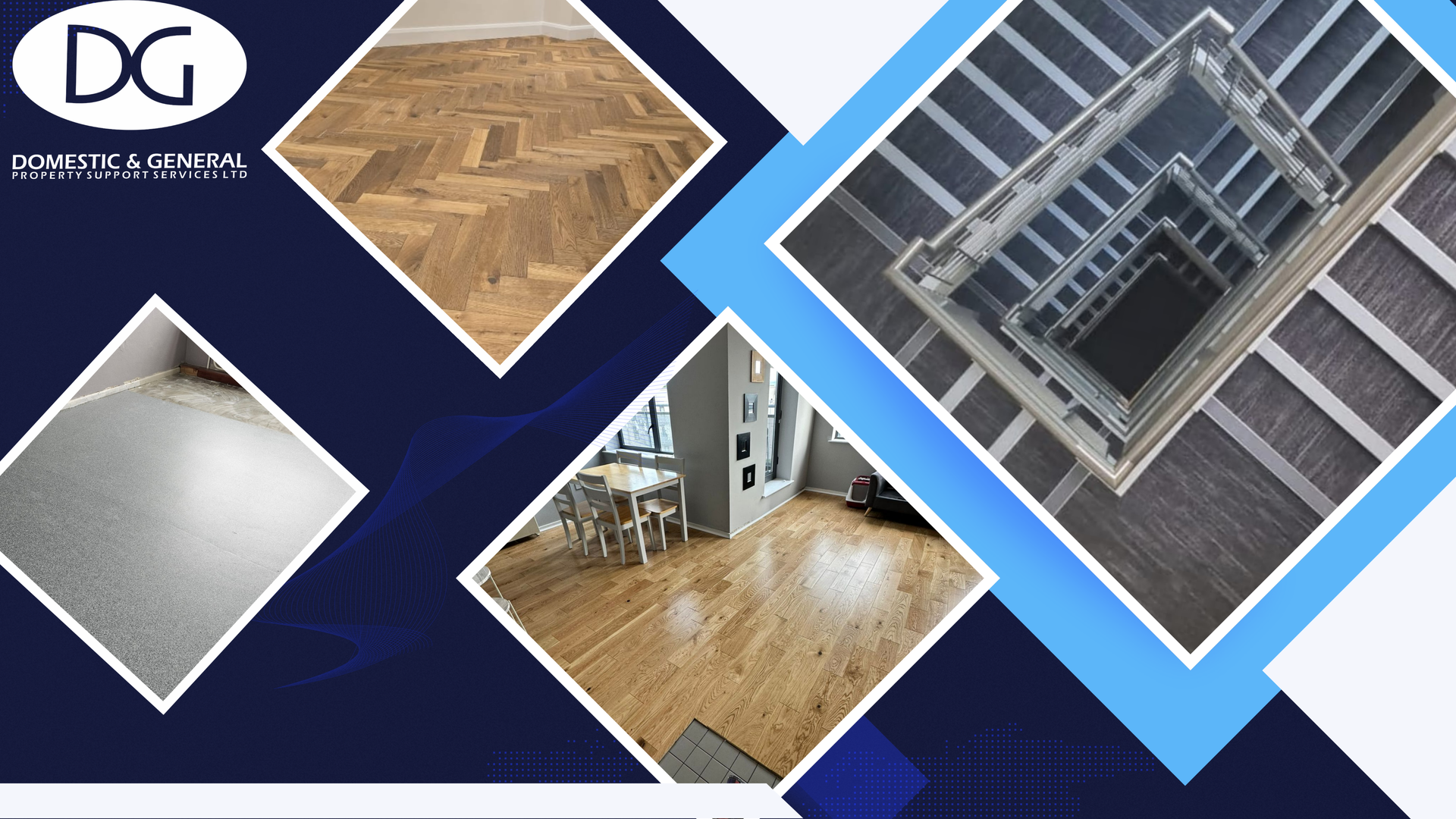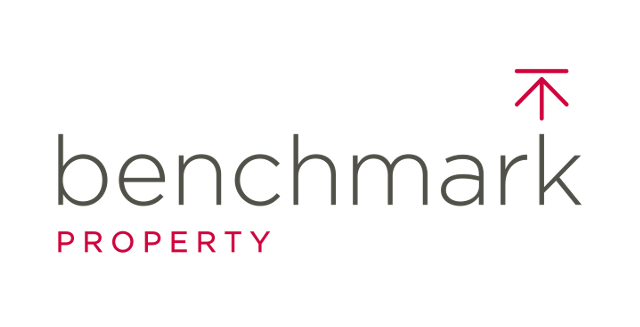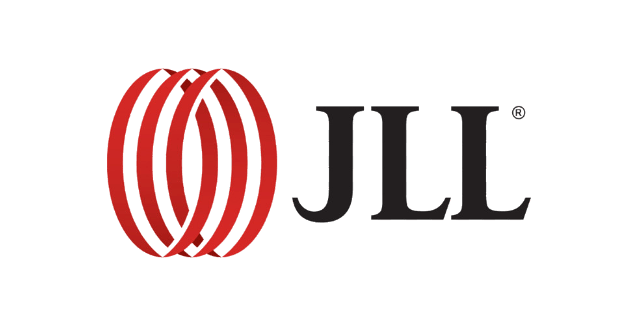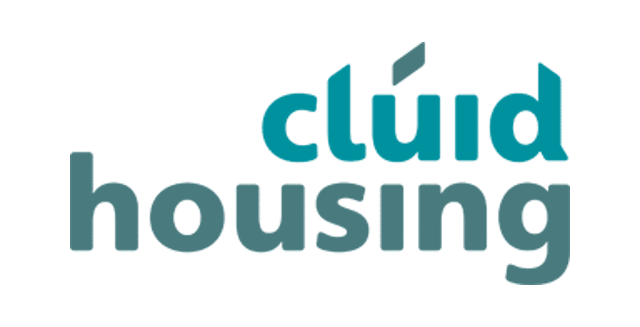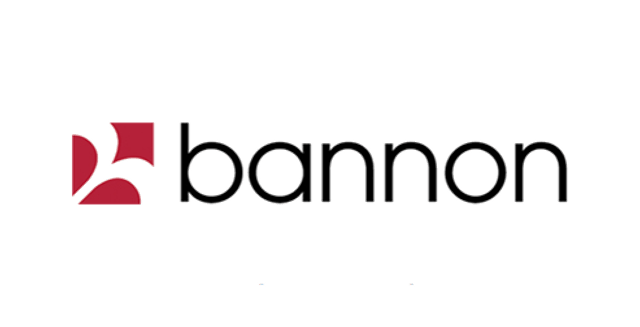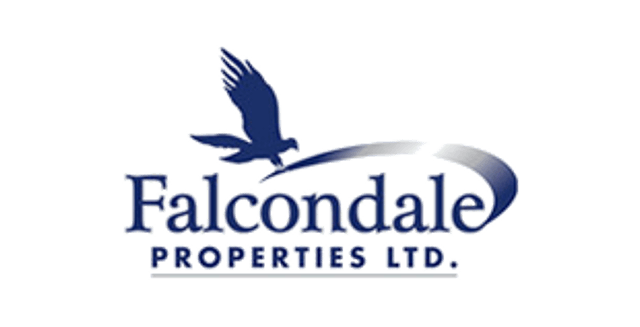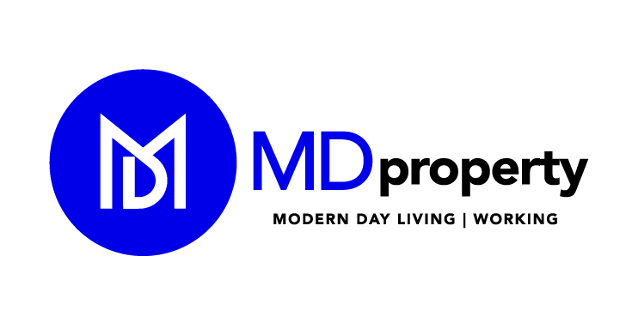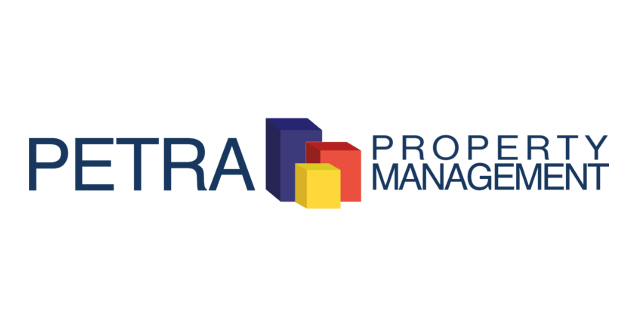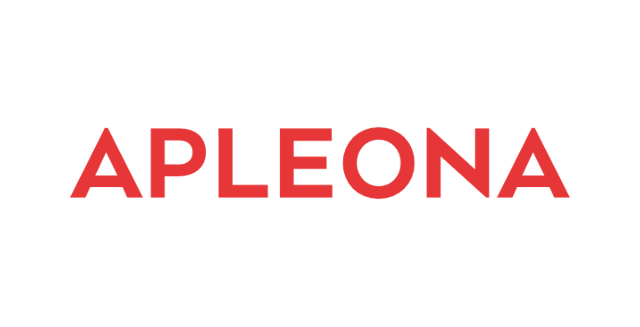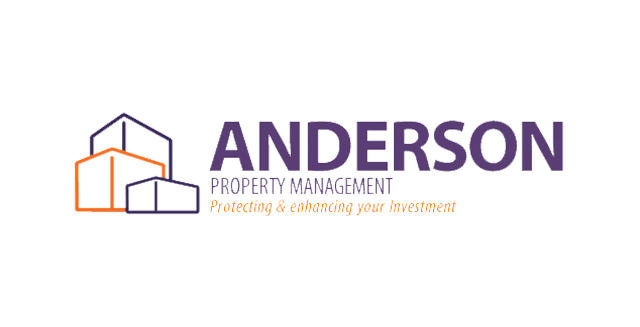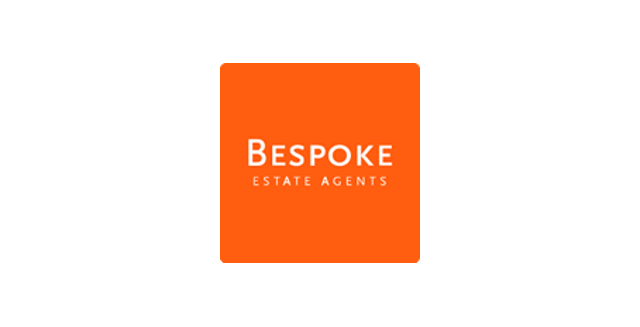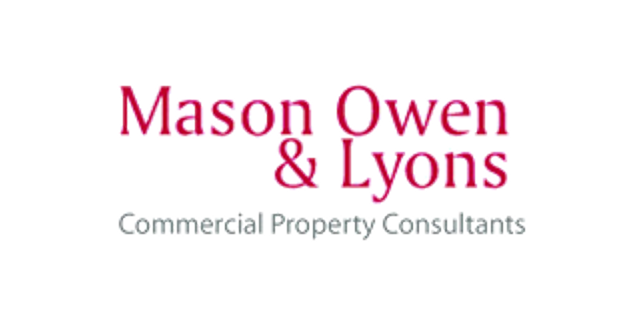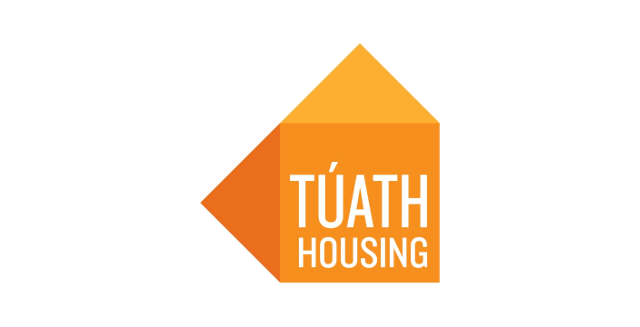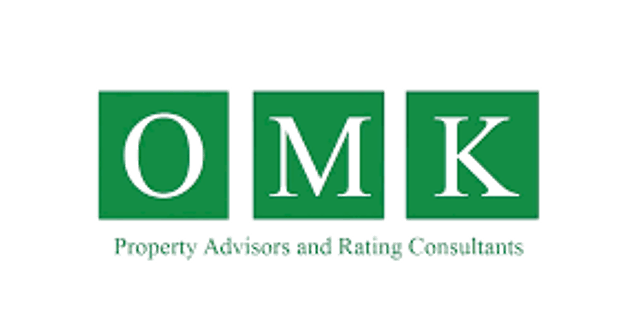When it comes to managing facilities, flooring is more than a design choice; it’s a compliance and safety requirement. Fire ratings, slip resistance, acoustic control, and sustainability all play a role in whether a floor meets building codes, protects occupants, and avoids costly liability issues.
The challenge? Compliance standards are often written in highly technical language. This blog simplifies the essentials into clear checklists that facility managers can actually use, and highlights how different flooring products meet or exceed these standards.
Fire Ratings: Protecting Lives in Emergencies
What it means: Fire ratings indicate how flooring materials perform in the event of a fire, including flame spread and smoke production.
Why it matters: The right fire rating ensures occupants have time to evacuate and that your building passes inspections.
- Facility Manager’s Fire Rating Checklist
-Does the flooring meet the minimum required?
-Has it been tested for smoke development index?
-Is the product certified for your local building code?
Slip Resistance: Safety in Every Step
What it means: Slip resistance is measured using tests like R10 (anti-slip) and R11 (non-slip)
Why it matters: Slips and falls are among the leading causes of workplace injuries. Flooring that passes compliance tests reduces liability risk and improves safety.
- Slip Resistance Checklist
-Does the flooring meet standards for both wet and dry conditions?
-Has the supplier provided certified test results? – Refer to products technical sheet
-Is the slip rating suitable for the intended space (e.g., kitchens R11 vs. lobbies – R10)?
Chemical & Stain Resistance: Durability Under Pressure
What it means: In healthcare, labs, or industrial spaces, flooring must withstand exposure to harsh cleaning chemicals and staining agents. Standards include and EN 423.
Why it matters: Flooring that deteriorates under chemical exposure not only fails compliance but can also become unsafe or unsanitary.
- Chemical Resistance Checklist
-Is it resistant to the cleaning agents used daily in your facility?
-Can it withstand disinfectants, oils, and industrial chemicals?
Acoustic Compliance: Supporting Comfort and Productivity
What it means: Acoustic flooring is tested for its ability to reduce sound transmission
Why it matters: In offices, schools, and healthcare environments, poor acoustics can affect productivity, recovery, and overall occupant satisfaction.
- Acoustic Compliance Checklist
-Does flooring reduce impact sound by the required dB rating?
-Is additional acoustic underlayment needed?
-Has performance been
certified under building standards?
How Flooring Products Compare
-Vinyl & LVT (Luxury Vinyl Tile): Great slip resistance, wide variety of fire-rated options, slip resistance R10 or R11
-Carpet Tiles: Excellent acoustic performance, may require fire-retardant backing, a tile can be lifted
-Rubber Flooring: Naturally slip-resistant and durable, strong for high-traffic safety compliance.
-Carpet: Excellent acoustic performance, may require fire-retardant backing.
-Laminate: affordable, can`t be refinished, it must be removed and replaced.
-Engineered flooring: Can be sanded and refinished, very durable.
Stair Nosings: Safety, Compliance, and Visual Contrast
Why it matters:
Staircases are one of the highest-risk areas in a facility. Regulations require that stair nosings (the edge strips on stair treads) are not only slip-resistant but also visually distinct to aid navigation; particularly for the partially sighted.
The Colour Contrast Requirement (LRV):
Every colour has a Light Reflectance Value (LRV) between 0 (black) and 100 (white).
To meet accessibility guidelines, the stair nosing colour should differ by at least 30 LRV points from the floorcovering.
Stair Nosing Compliance Checklist
- Does the nosing provide at least 30 LRV points of contrast with the flooring?
- Is the nosing made from durable, slip-resistant material?
The Facility Manager’s Master Compliance Checklist
- Here’s a quick-reference guide you can use for any flooring project:
- Fire safety compliance
- Slip resistance (wet & dry)
- Chemical and stain resistance
- Acoustic performance
- Nosings LRV compliance
- Sustainability certifications
- Supplier certifications & documentation
Take the Next Step in Safe, Compliant Flooring
Flooring compliance doesn’t have to be complicated. By using simple checklists and demanding certifications from suppliers, facility managers can make informed decisions that keep buildings safe, sustainable, and legally compliant.

